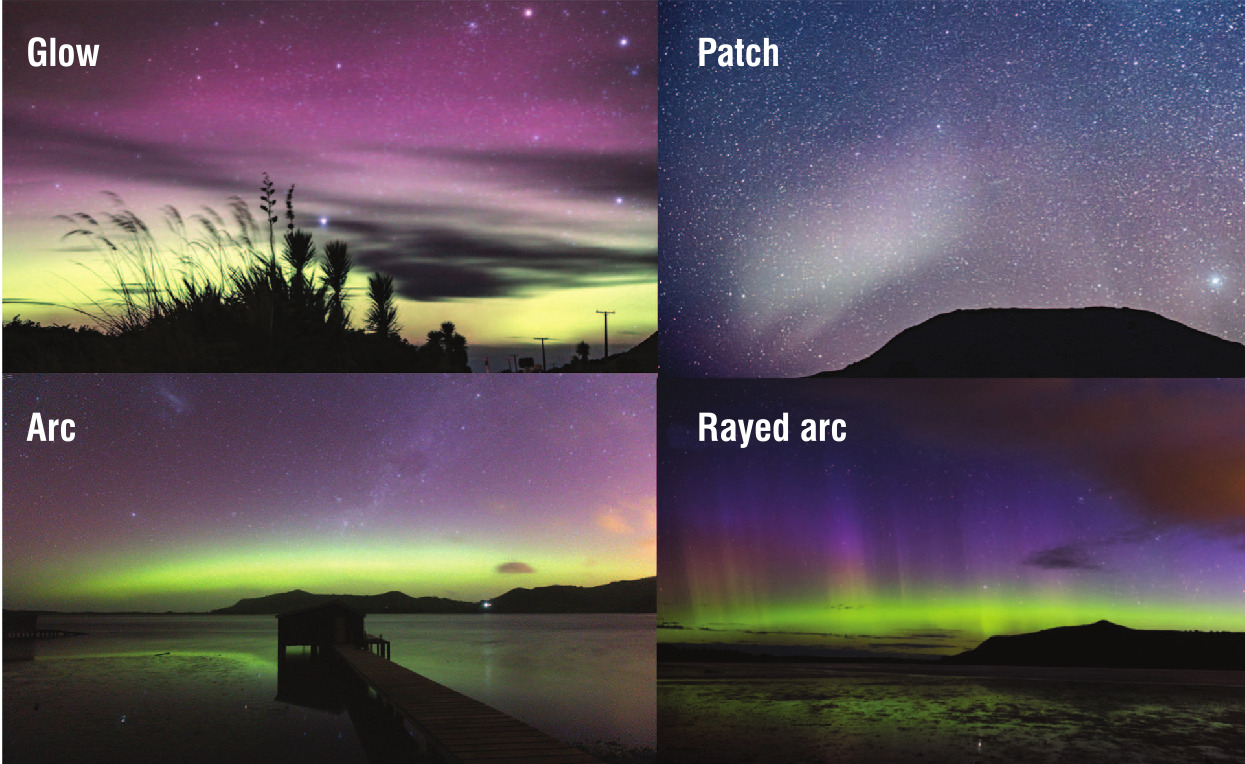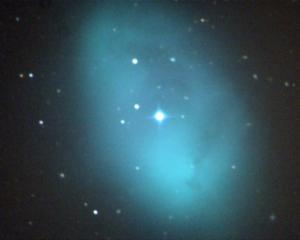

Auroras are surprisingly common. I’ve managed to photograph the Southern Lights on more than 200 separate nights since moving to Dunedin in 2013. Over the past few years, the number of auroras has declined.
In general terms, the number of auroras we see depends on the sun’s activity, which varies over an 11-year cycle. When I arrived in New Zealand, we were close to maximum solar activity, which occurred in April 2014. Experts have recently announced that the minimum of the last solar cycle occurred in December 2019, and we are now in a period of rising activity. As a result, the number of auroras we see should increase over the next half-decade.
With increasing auroral activity in mind, it seems timely to share a guide to the different auroral forms. I should note that cameras record more colour than can be seen with the unaided eye. If you go aurora hunting, your eyes won’t see the same intense colours shown in photographs.
The glow is the most basic form of the aurora. At Hoopers Inlet (my favourite nocturnal haunt), seeing Sandymount backlit by an aurora gets me quite excited because it’s often precursor to a good display.
Occasionally seen in isolation, auroral patches can form in parts of the sky well away from the main display. Even if there’s a fantastic display in the south, do scan the rest of the sky for patches!
The auroral arc, and the closely associated rayed arc, are two of the most common and beautiful auroral forms seen from these parts. The sight of either, especially if they are moving and pulsating, brings an enormous smile to this aurora hunter’s face!











